DISTURBING THE PEACE: Irish artist Maser uses color to disrupt the landscape with his installations.
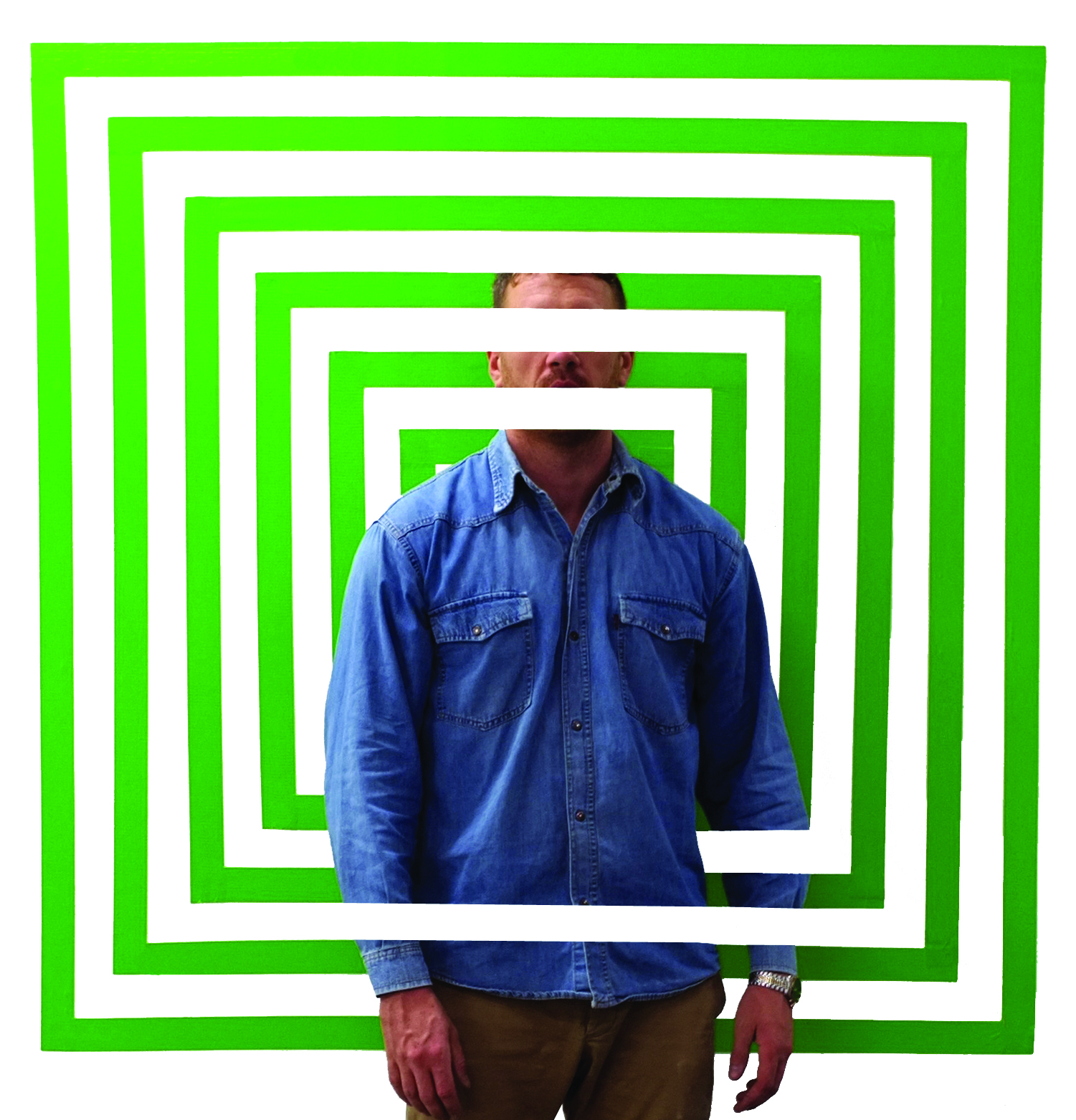
WORDS / KODY FORD
If you’ve driven down North West Avenue in Fayetteville anytime in the last few months, you’ve probably noticed something different. It’s not large, but it is bold. Bright colors — magenta, sky blue, tangerine — contrasting sharply with the earth tones of the landscape. At first glance, this piece seems to be a bizarre sculpture or some psychedelic playground equipment, but upon closer examination, it’s something more, something inviting, something to be experienced.
The piece is “Under the Stars.” Dublin-native Maser conceived it as a stage and interactive piece for the Walton Arts Center’s annual Artosphere Festival last spring. Since its completion in late May, “Under the Stars” has been a draw for families, students and the occasional drunken reveler. While the work has brought attention to the artist, this isn’t the first mark he has left in the area.
In 2012, Fort Smith businessman Steve Clark had just completed an indoor skate park called Boardertown. He shared his vision with his friend Richie McCusker, a native of Ireland, who told him about the graffiti art of Dublin and mentioned Maser. Clark emailed the artist and ended his note by saying “I don’t want to waste your time.” His directness caught Maser’s attention.
The pair began a conversation about painting a mural. Maser thought, “You know, I can go somewhere I’ve never been, paint a great space and get paid for it.” He signed on to the project. Once he arrived, the men hit it off. The project went over well, according to Clark, in part due to a message that says, “[R]egardless of your current circumstance there is reason to hope, reason to expect more. That your circumstance doesn’t exclude you from holding yourself to a high standard, that adversity is something to overcome.”
When Maser and his girlfriend Lou left Fort Smith to attend SXSW, they felt sad about leaving after having spent time with everyone involved in the project. Clark invited Maser to come back to Arkansas, an offer he accepted. He returned to Fort Smith and worked for two months, painting works on canvas. During this time, he considered how much time he spent in the United States each year, typically around four months, so he talked with Lou and they decided to move to Fayetteville.
***
The first time I met Maser was during the construction of “Under the Stars.” I had heard the buzz about this Irish artist making waves in town and I halfway expected to meet a lanky hipster with a leather jacket, an asymmetrical haircut and the aloofness of a house cat. But the man I met was the total opposite. The first thing you notice about Maser is that, unlike his artwork, he blends in. He could be a lawyer, an architect, or even a construction worker. He’s not too tall or too thin. He doesn’t have a Dali mustache or a Warhol wig. He’s just a good-natured Irishman who greets you with a smile and a handshake. The stranger who has a pint with you at the pub. This anonymity is something the artist plays to the hilt. He wants the focus to be on his work, not himself. In fact, he doesn’t allow his face to be shown in photographs.
As we walked around the installation, he shifted between chatting and directing. Maser usually collaborates with a small group of workers who stay with him on the projects and he recruits volunteers to help him paint. Community participation is something he looks for, not just in the
finished product, but in its creation as well.
“I get my hands dirty [and] guide people through it,” he said. “I just let everyone get involved. I’ll grid it out and let people paint it. The whole idea is so people can take ownership of it. That’s what I enjoy and it’s something that artists often forget. It’s always me, me, me and I, I, I, but I like to make it [otherwise]. That way they take ownership of it. The idea grows and your message spreads more and more.”
Spreading a positive message is Maser’s mission. He first tried his hand at art around age 14 in the early days of Dublin’s graffiti scene. Graffiti gave him a sense of belonging with his peers. They took trains around town exploring new neighborhoods and “tagging” walls. Part of this process involved using an alias or a “tag.” At first he wrote “Mase” and then one day he added an “r.” While there is no proper meaning to the word, he liked it nonetheless. “I liked the flow of it and the letters,” he said. “A lot of the work I’d do was abstract typography so the letters worked quite well for me. Sort of had a ring to it and it became a nickname that stuck.”
As he delved deeper into the culture of street art, he discussed an English magazine called Graffitism and it opened his eyes to the diverse graffiti scenes in London and the United States. He realized that his small acts of vandalism were actually part of a burgeoning international art movement and he became completely obsessed by it. He became a member of the TDS Clan, a group of taggers active outside of Dublin and, as he grew older, he became more active in the city.
When he attended university, he briefly studied fine art, only to drop out to become a sous chef for a year and a half. He reapplied to college and studied graphic design and developed a love of typography. He befriended Kevin Freeney, one of the most prolific sign painters in Dublin, who showed him the ropes for painting on signs and walls. This was a turning point in his artwork. “That’s where it all made sense,” he said. “You’re communicating a message when you’re going out and doing graffiti. This was visual communications too. All my skills, color understandings and concepts I applied to graphic design and excelled in that. Then I took what I learned with signs and brought that to the streets and that just blew up.”
His first major collaboration was with Irish folk singer Damien Dempsey, a poet laureate of the working class Irish. Maser was a fan of the singer and they hit it off quickly. The artist began to take the singer’s lyrics and paint them on the walls of derelict buildings around Dublin to bring a message of hope to the hopeless. “There’s already enough negative shit out there to read,” he said. “I’m addressing bad social circumstances but I’m doing it in a positive light. I’m trying to put that positive energy out.”
His collaboration with Dempsey became a local hit. Buzz spread around the Irish capital as they painted around 25 walls, but people wanted to know what the future held for their works. While working on the projects, Maser got to know the city’s homeless population and came face-to-face with the problem on a daily basis. He said, “We’d treat the streets as a transition – use it to go from home to work, but I realized when I was out painting, these are their sort of homes. I really got to know the guys on the streets and learned their stories, some of [which] were about prison and how they ended up [there] and that cycle of going in and how hard it is when you come out.”
Maser reached out to a local organization that worked with the homeless and they told him their greatest need was a medical van since many of the people they served could not make it to the clinic. The cost for the van was $30,000. Maser put together a pop up show, where he sold prints and sculptures. Dublin came out in full force. Within two days, they had raised the funds.
Besides fundraising, Maser decided to help those in need in other ways. St. Patrick’s Institution houses some of Dublin’s most notorious juvenile offenders, but the artist was not deterred. He didn’t see them as problem kids, only misguided ones. He showed the young people how to measure walls and write signs, the same skills Freeney had taught him. Maser had them write short, positive messages like “Inside your mind, you hold the key” or “Friends I’ve yet to meet.”
“A lot of these kids in St. Patrick’s are 19 and have been conditioned that that’s their life and they’re happy there,” said Maser. “I was like fuck that scares me. I was trying to tell them that there’s so much more — women, drinking, having a family, getting a career. My whole idea was for education but I ended up learning so much more from it. It was an unforgettable experience.”
As a teen, Maser dabbled in mischief but managed to stay out of trouble with the law. However, he suffered a lot of loss as he saw depression and suicide take its toll on his friends. These events have instilled him with a sense of charity and desire to spread positivity when working with and speaking to young people.
“[H]ere I am a young guy from Dublin and I want to lead through example,” he said. “Look I can do this and haven’t come from money. And it’s sustainable and I travel the world painting. So that in a way is educational. I just try to be a good person as much as I can, try to meet young people and talk to them every chance I get – ‘I’m just like you and I’m able to do this’ – and they should apply that belief to anything. Even if you’re a young skater, just go skate as hard as you can.”
Over the last few years, his style has transitioned as he shifted to larger sculptures and installations. He’s been featured in Berlin, Copenhagen, even Las Vegas. These large interactive pieces incorporate color rather than typography. It’s a different aesthetic, but Maser says the themes are the same. “It’s of an abstract approach to it but it lets people go and enjoy art,” he said. “It doesn’t need to be ‘I don’t understand this.’ It’s an experience. If you enjoy it, you enjoy it. If you don’t, you don’t. It’s as simple as that. Take what you want from it.”
When it comes to the actual creative process of producing artwork, Maser does not wait for inspiration to strike. He’s constantly thinking, taking notes and pictures from morning until those last waning moments before he falls asleep. “You’ll get your best ideas in little moments,” he said. “If you can just open that window [to the subconscious] and pull out some really good ideas. They’re just sort of sitting in there like a data bank and you have to pull it out.”
His fame has been on the rise internationally, the result of a series of chance meetings and perseverance rather than a big break. His work has been well-received and curators keep calling. Maser has gone from an Irish kid tagging walls in Dublin to an extremely in-demand artists.
His manager Claire Kolberg believes she knows the reason. “He’s constantly challenging himself, taking art, public art and installation to the
next level. That excitement is palpable and people want to be a part of something fresh.”
In December, he served as the artist-in-residence at the Sydney Festival in Australia and will create an ambitious installation based on “Gravity of Perception” by MC Escher. Then he will return to Northwest Arkansas to work in his studio and prepare for an exhibition at the Fayetteville Underground in the spring.
While the Ozarks are a long way from the green hills of Ireland, Maser seems content with the change of pace. He feels the community has been very welcoming to him and Lou and he sees some similarities between the two places.
“There seems to be a lot of Irish descendants [in NWA],” he said. “Even the music is similar. Bluegrass sounds exactly like traditional Irish
music. People have a good sense of humor and everyone seems to get us here. Neighbors are calling on us all the time. We’re really enjoying
our stay. I genuinely mean that. We feel very content here. And I put that down to the people.”
VISIT: Maserart.com
@maserart
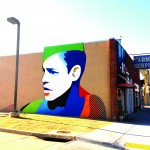
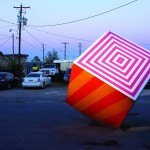

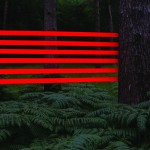
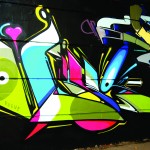
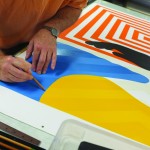

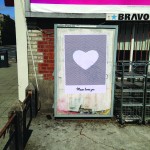

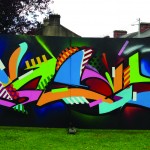
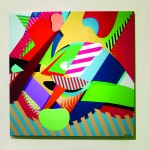

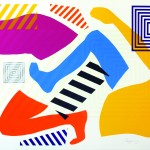
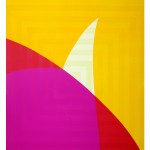
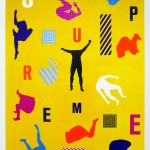
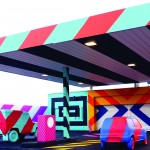
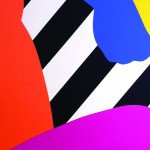


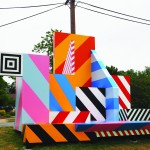

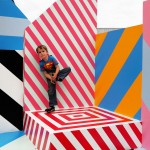
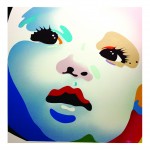
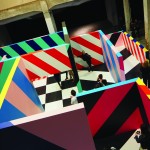
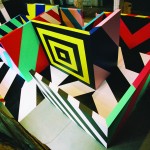




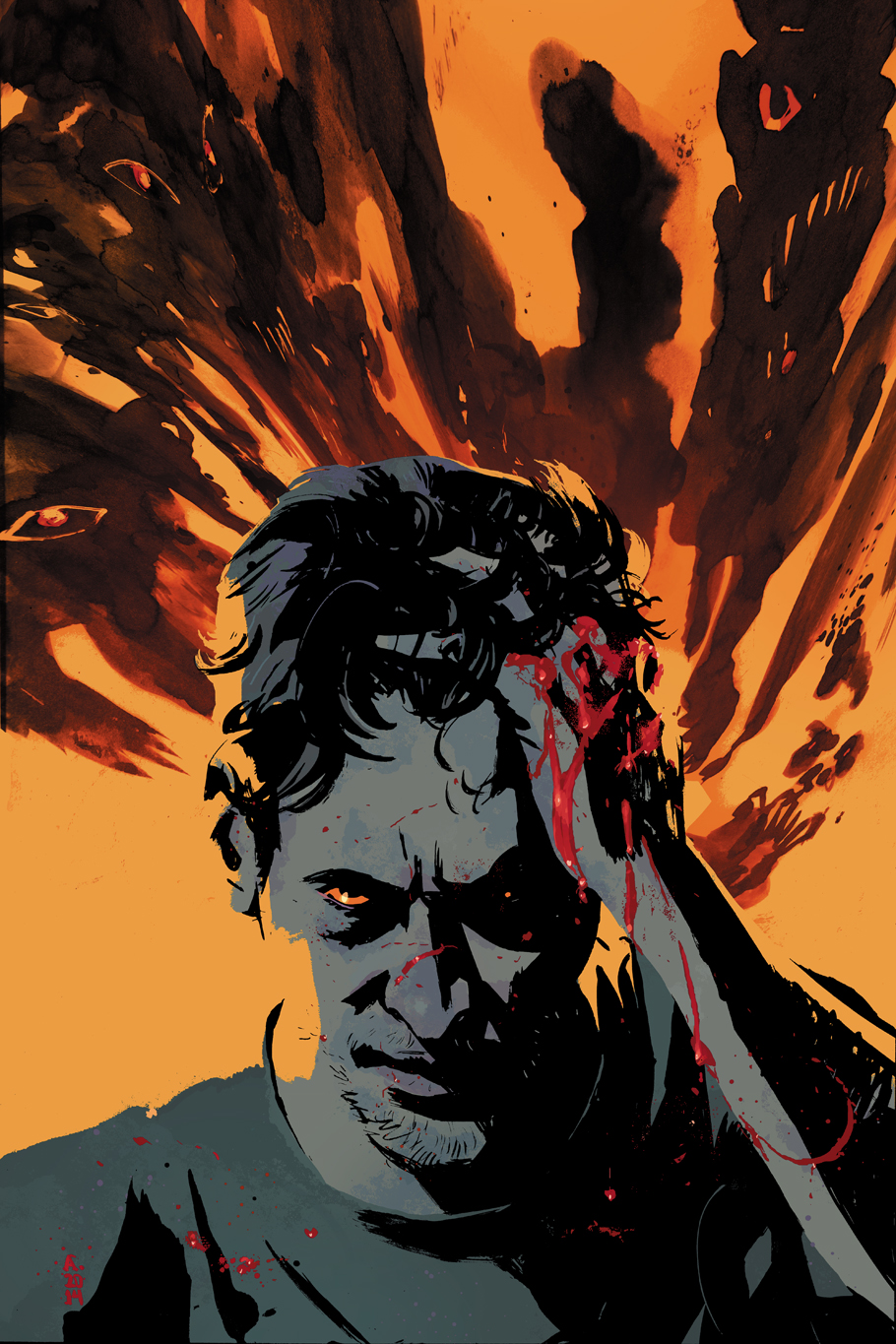



Comments